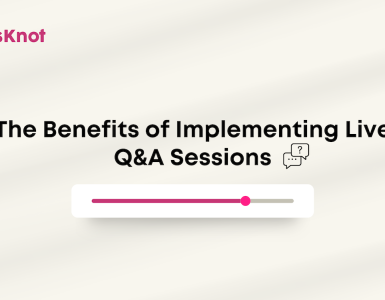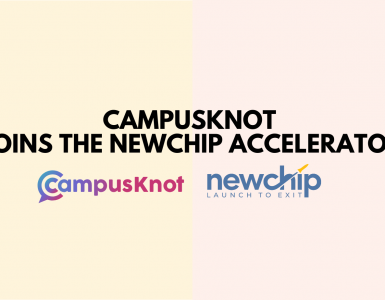Despite what pop culture may tell you, technology’s sole purpose isn’t to destroy us all. While some may find themselves falling into a mall fountain because they were staring at their phone screen, we mustn’t curse technology completely as it has a multitude of benefits, particularly in the classroom. However, with budget cuts in education regularly causing schools to scale back their curriculum, educators have to get creative with the methods they teach. This is especially true with K-12 education.
According to the Center for Budget and Policy Priorities, an organization that conducts research and analysis on fiscal policy and public programs that affect moderate- to low-income individuals and families, at least 35 states provide less funding per student during the current school year than they did before the recession. This has been the case since 2014. A recent Forbes article also covers this disparity, especially those serving concentrations of students from low-income families, were hardest hit by these cuts. Even more dismal numbers have been reported by the CBPP. It seems like a case of feeding the people dog food until they ask for turkey.
Cuts to K-12 education have many major effects. The education of our country’s children definitely needs to be a bigger priority to ensure a brighter future for America as a whole. Numerous studies and research have found that the most effective way to improve education in K-12 classrooms is that it is cost-effective and provides quality education to students by incorporating more technology in the classroom.
How technology bridges the gap for young learners:
- Help encourage student participation.
- Encourage inclusivity for all learners.
- Allow students to collaborate with other peers.
- Makes learning more fun and engaging.
Earlier this year, Tech Learning published an article that laid out in detail the many ways technology benefits classrooms that included technological solutions to many problems educators are facing as a result of budget cuts and hard numbers of the amount of money that can be invested and saved. Among those fixes mentioned in the piece is finding tolls or organizations that offer educational technology for free or at a low cost.
Here are a few of our favorite organizations:
- CK-12 Foundation: The non-profit creates engaging STEM education apps that can easily be incorporated into a classroom curriculum. Educators can teach vital science, technology, engineering, and mathematics by uploading CK-12’s lessons onto PowerPoint. They also have customizable e-textbooks called “flexbooks” that allow students to access their lessons from a tablet or computer, video lessons on YouTube and their own website, and free apps that offer practice help. These dramatically cut the cost of textbooks and classroom materials while also allowing teachers to provide greater attention to students. All of CK-12’s materials are completely free.
- CampusKnot: A student participation tool designed around a social feed that allows students and educators to ask questions, start discussions, and gain feedback. With additional features like polls, quizzes, attendance, and virtual office hours, professors customize their course experience with CampusKnot to fit their teaching style and setting.
- Edmodo: Empowers teachers, students, and parents to connect with each other. Within the app and website, people can collaborate, communicate and find educational resources like assignment ideas and lesson plans.
Technology is truly empowering education in a way that has never been done before. There is no limit to how technology can positively affect the classroom. It’s just a matter of seeking out the tools and incorporating them into lessons. At the end of the day, everyone wins.





